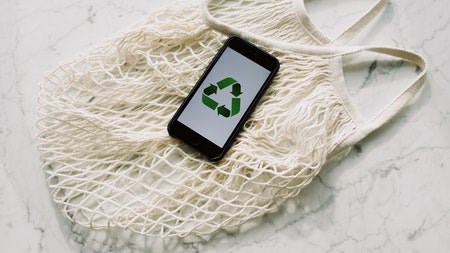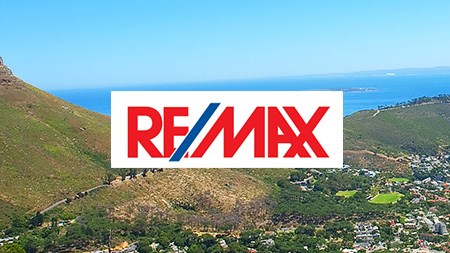More and more people the world over are acting on the awareness that the planet’s resources need to be preserved and protected more so than ever before, a philosophy which has spilled over into the property arena.Adrian Goslett, CEO of RE/MAX of Southern Africa, says that the US is one of the leaders when it comes to designing and building green homes.
“In fact, up to 70% of the buyers in the Generation X group in the US indicated that they would be willing to pay more for houses that incorporate green technology in the design,” he says.Added to this, the 2010 National Association of Realtors Home Buyer and Seller survey indicates that environmentally friendly features remain a significant factor, with 88% of buyers saying that heating and cooling costs were important, while 71% desired energy efficient appliances and 69% wanted energy efficient lighting.Research indicates that in general, US homebuyers are willing to pay between 11% and 25% more for green homes. The demand for green homes in the US is expected to rise 900% over the next five years – an industry increase from $2 billion to over $200 billion.
“In tough economic times, buyers are looking for efficiency and quality and over the past three years the US market share of certified green homes has grown despite the economic challenges it has faced. Energy efficient and healthier homes continue to gain more attention and of the new homes sold in the US during 2009-2010, almost 25% were green homes,” says Goslett. He adds that 40% of current home remodels in the US are constructed with green products and that the world over, green buildings typically have 30% lower utility expenses and are equipped with products that last longer and perform better.
“The principle behind green building and incorporating green technology into homes is that it increases building value, decreases utility expenses, maximises resources and minimises environmental impact,” he says.Recently South Africa started to focus on incorporating green technology into residential buildings, and awareness around the benefits of green building has increased - especially in light of the rising electricity costs among others. “However, we are still far behind the trend when it comes to green buildings and homeowners often find it an expensive outlay to incorporate green technology,” says Goslett.
“Locally we tend to lag behind the US market in terms of property trends by about 12 to 18 months, but as demand for cost effective and environmentally friendly building practices and technology grows, the cost associated with these items should reduce.”The Green Building Council of South Africa is currently piloting a rating tool for multi-unit residential buildings to give them an official “green” certification both for the design and then again after completion. “The hope is that this kind of tool will soon be available for freestanding residential homes and not only developments and complexes,” says Goslett.
“South African consumers are becoming more environmentally aware and with increases in the cost of living expected to continue their upward trend for the foreseeable future, interest in homes that are energy efficient and contain green technology will continue to gain momentum in 2011 and beyond,” Goslett concludes.



